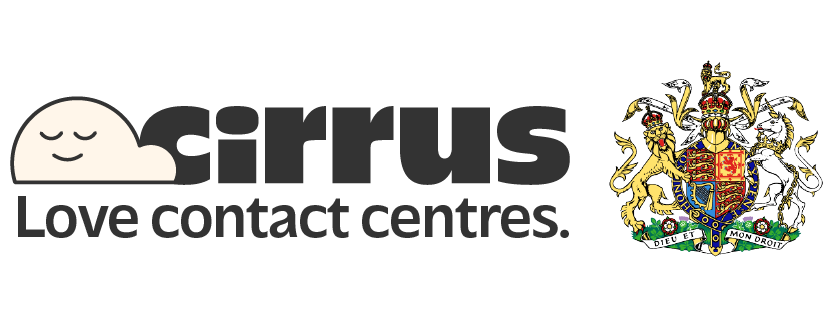The shopper tried a few times to get the promo code to work — refreshing the page, double-checking their basket, looking for something they might have missed. When it still didn’t work, they abandoned the order. And the brand. It wasn’t the glitch that pushed them away; it was the silence that followed. The sense that nobody noticed and nobody cared.
But the customer signals did notice. The journey analytics flagged a clear drop-off at checkout and the call logs revealed that several other people had encountered the same problem. The chat transcripts echoed those moments, building a picture that something wasn’t working as it should. All the signals were there, quietly capturing the times when trust begins to erode. The problem is, those signals often sit untouched — rarely used to inform a solution, and almost never acted on quickly enough to make a difference in the moment.
Insight isn’t the issue
Retail contact centres aren’t short on information. Call volumes, shopper drop-offs, hold times, repeat queries — every metric is being tracked, measured, and stored somewhere. And yet, agents are still left guessing what matters most. Store teams keep dealing with the same problems again and again. People keep switching channels and starting again from scratch.
This is where costs start to creep in. Support teams end up handling the same problems repeatedly—things that could’ve been sorted earlier. Store staff waste time chasing updates from systems they can’t access. And planning goes off track because forecasting is based on old insights that don’t include contact centre input. These small gaps add up—leading to lost revenue, rising service costs, and low morale.
Trust is lagging behind
It’s not only operations that are impacted. The quality of your insights determines what your team can address, how quickly they can respond — and whether your investment in technology delivers any real return. That’s especially true when it comes to AI.
Nearly 90% of retail leaders agree that strong insights are needed to make AI work. But 72% are worried about the quality of their information, and over 40% say it’s actively holding back further investment.
If that sounds familiar, it’s because most teams are still working in partial views. The systems are tracking what’s happening — but the right people aren’t seeing the useful signals at the time they’re needed.
One store manager put it simply: “We know what the problems are. We just hear about them too late.”
People don’t care who owns the signals
For the person on the other end, the internal structure of your business is irrelevant. They don’t know — or care — which team owns which channel. They just want to check if an item’s in stock, follow up on a delivery, or ask a quick question without repeating themselves three times.
And if they can’t do that? They’ll leave. In fact, 86% of people say they’ll abandon a brand after just two poor experiences.
That’s not just a service issue. It’s a commercial one. Every time someone is asked to “start again,” it increases handle time, raises cost-to-serve, and reduces the chance of a repeat purchase. Left unchecked, these moments start to show up in your numbers — complaints, churn, negative reviews — but by then, it’s too late to do anything at the source.
When insight starts working for people — not just reports
Some retailers are already turning that corner. They’re not ripping everything out or starting from scratch. They’re making what they’ve already got more useful in the moments that matter.
When wait times creep up, team leaders get a gentle prompt — not a static report hours later. That means they can adjust queues, redistribute support, or step in before things unravel. If someone’s tone shifts during a conversation, agents are guided in the moment — instead of left to second-guess what’s going wrong.
In contact centres, it might mean surfacing stock availability before the person even asks. Or showing order context the second someone calls to chase a delivery. On the shop floor, it could be as simple as knowing when click-and-collect traffic is about to spike — so staff aren’t caught off guard and people aren’t left waiting.
The gains tend to show up in small but meaningful ways. Agents can focus on the shopper rather than switching between systems. Store teams feel more ready for busy periods, instead of reacting on the fly. Shoppers get fewer hand-offs, clearer answers, and less repetition. And for managers, visibility comes early enough to act — not in a retrospective report when it’s already too late.
In fact, according to the 2024 State of Retail Media report, 78.3% of retail organisations implementing joined-up insight tools reported a noticeable improvement in service outcomes within the first 12 months, with an average Net Promoter Score (NPS) increase of 27 points.
Because when insight becomes something people can use in the moment, not just look at in hindsight, everything starts to move faster and with far less effort for everyone involved.
Where to begin
The simplest improvements often start with the information that’s already in plain view. Chat transcripts and call recordings show where conversations go off track. Agents can tell you what they’re asked about, day in, day out. Order patterns reveal where shoppers are getting stuck — whether it’s returns, refunds, or failed payments.
Start small. Focus on one recurring problem, and follow the thread. You’ll quickly see where the problems exist — and where your people are still flying blind.
Because when your teams can see clearly, they act more quickly. The handoffs make sense. The queues shrink. The person gets what they came for. Not because the journey is perfect — but because it feels connected and responsive.
And in retail, that’s what earns loyalty.
Ready to turn your contact centre signals into useful action?
We’ll help you join the dots and give your teams the clarity they need — just when they need it.






